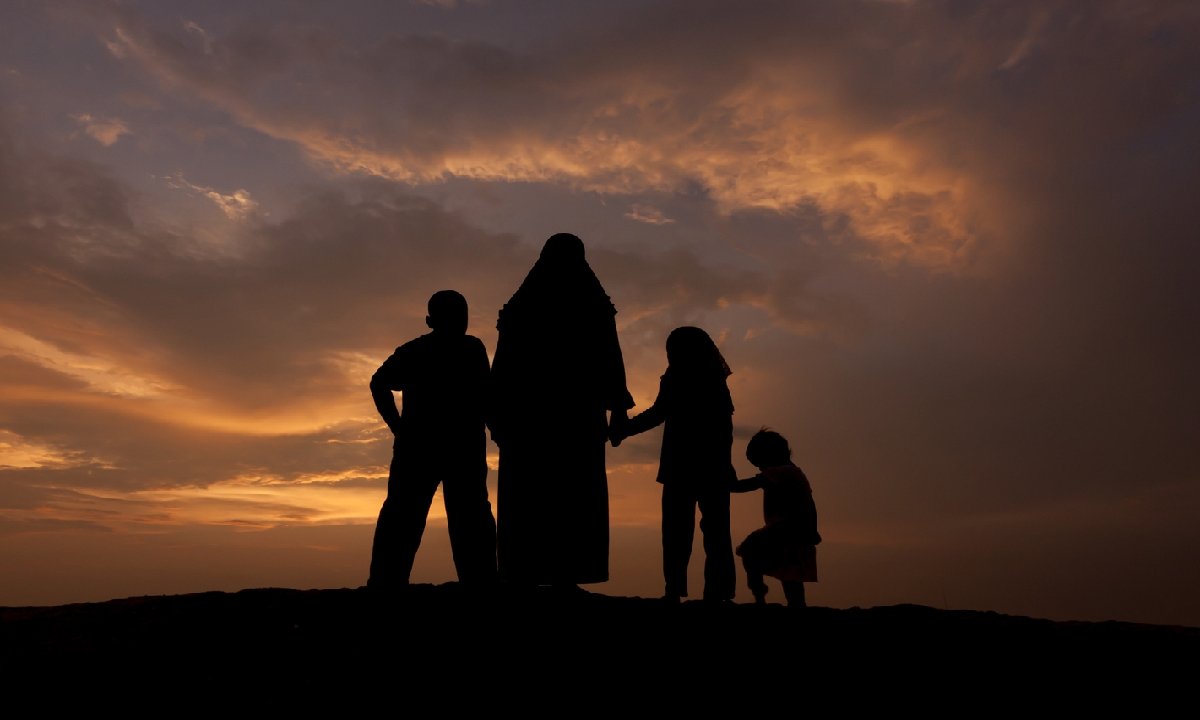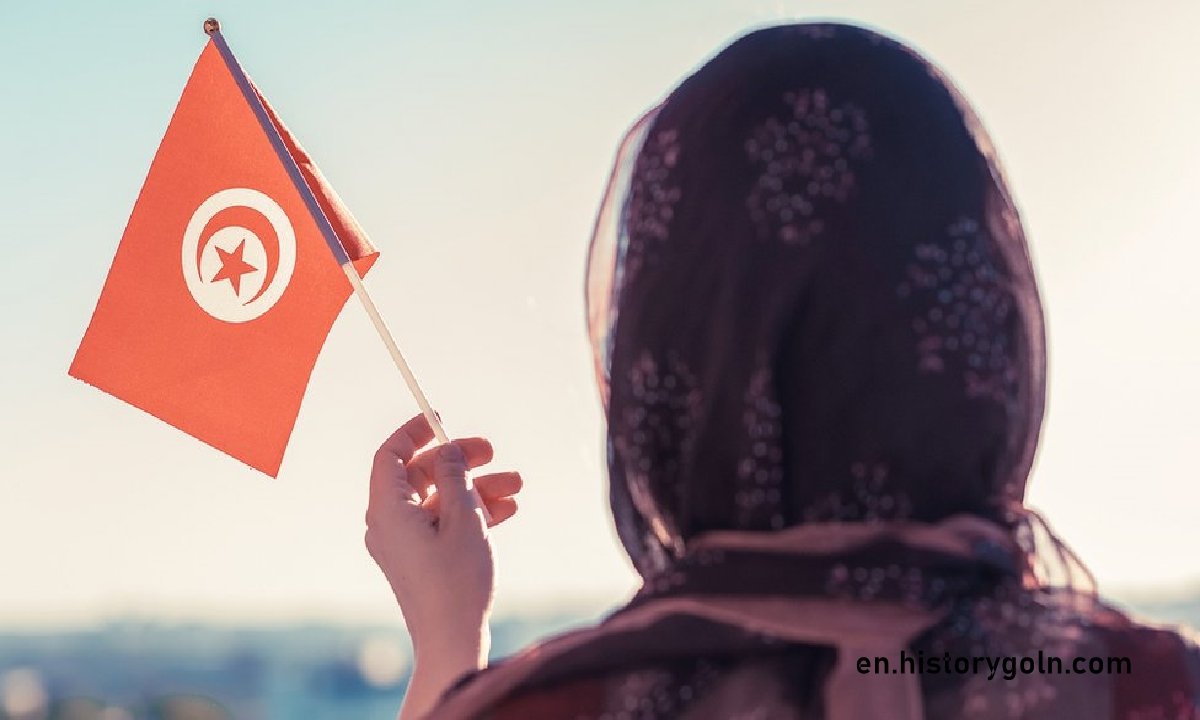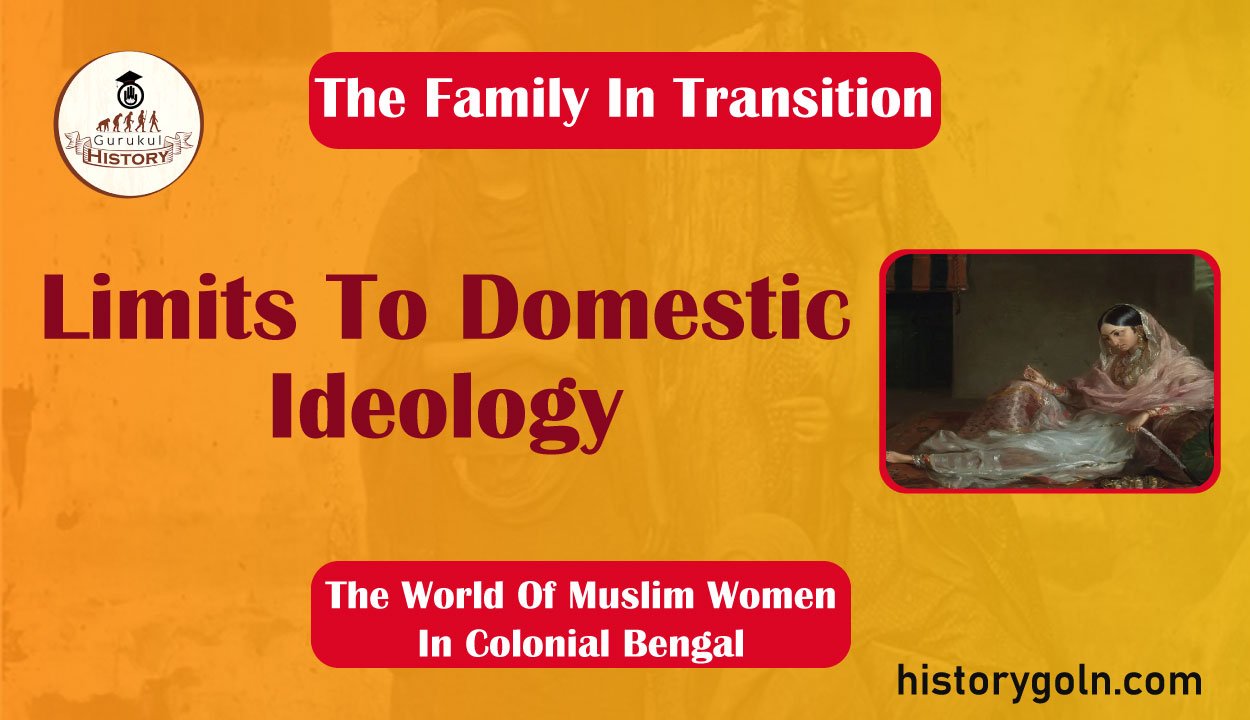Today our topic of discussion is Limits To Domestic Ideology .
Limits To Domestic Ideology

Bengali Society agreed on the whole that woman’s place was in the home, and man’s place in the world outside from which he could retire into the sanctuary of family life whenever he desired.
However, in the West by the 1930s women had by and large acquired the right to join in the work force (or were incorporated into it as the economic need for greater labour 1,49 In some regards though e.g. the right to vote, acess to arose).” higher educational degress and the constraints of domesticity – women. East or West, ran along parallel courses.
In the matter of seclusion and participation in the economic sphere, women in the West did enjoy greater freedom. To the bhadrolok, freedom was a matter of great censure. An endemic fear of the social revolution in western countries that had effected the breakdown of barriers between the private and public spheres and released women on to the ‘open’ spaces, led many Bengali publicists to decry the social relations and gender ideology of the West while selectively adopting some.
In 1930 Masik Mohammadi published an article analysing in negative terms, such unbridled freedom. The author managed to unearth certain texts by western publicists whcih urged women to retun to the sanctuary of home:
Savants in the west have taken up the pen to urge women to return to their true role of Kalyani [sic] All of Europe is crying out to women to return to the home as Kalyani. Their throne is in the home, their kingdom there, there the work-place ordained for them by Nature.
Some educated women too joined in this denouncement. The extent to which domestic ideology and the traditional role ascribed to women had been int- ernalized by women themselves was evident in a rejoinder by a reader to Rokeya’s radical piece ‘Alonkar na badge of Slavery.
Rokeya’s formulation of the woman question and her challenge to the existing gender ideology created a sharp reaction among readers who felt obliged to protest. The particular lady above proudly declared her allegiance to domesticity:
The manner in which she (Rokeya) has criticized the male species seems wanton and unbecoming to a woman of high birth. I reiterate. that a woman’s place is in the home. Husband and family her prim- ary concern rather than learning how to plead [sic] in the court- room our goal is raising our children, providing comfort to our husbands and being the grihalakshmi [sic]
What did Rokeya S. Hossain herself pioneer of the women’s movement in Bengal, writer, educationist and social worker have to say about it all” She got married in or around 1896 to Sakhawat Hossain, a widower who was 24 years her senior.
Rokeya’s first biographer Shamsunnahar described her as a good housewife and painted a rosy picture of their marriage, which was “joyful on account of Rokeya’s many qualities”, 52 As expected, these ‘many qualities included cooking, entertaining, knitting, orderliness etc. However, recently one scholar, who refused to accept the picutre at face value, commented:

The sage of Bengali women’s Emancipation was married off to a widower old enough to be her father. Rokeya was usually silent on personal matters… but in a letter written on 30th April 1931, she wrote, ‘I was deprived of a father’s love in childhood; in con- jugal life nursing was my main activity monitoring urine, cooking barley, informing doctors. A mother twice even that did not last for long’.
Rokeya took up the theory of ‘complementary limbs of the same organ’ as a basis for the exposition of gender relations she developed in her famous essay ‘Ardhangi’ (1904). Man and Woman were projected as two wheels of the same cart, the same social body. But Rokeya gave this formulation of separate spheres a remarkable subversive twist.
In Ardhangi she took the argument by its horn and proved that men and women were indeed equally important parts of the same organ, wheels of the same vehicle. But she too accepted complementarity and discarded the separate part, positing that women could participate in full measure in the public domain. The ‘world’ outside was just as much a part of a woman’s life as the “home”.
Where Kasema had advocated education to facilitate the role of mother, companion and wife, Rokeya advocated it so that woman may claim her full legal, social and economic rights. The ideal woman of the one was in keeping with dom- estic ideology reminiscent of Ruskin, Hali or Rabindranath; the ideal of the other was a woman, who was much closer to the one envisaged by John Stuart Mill.
It is true that at certain points in her career specially while campaig ning for her school, Rokeya upheld domestic ideology and emphasised the household skills and training imparted at Sakahawat Memorial.
In her effort to popularize female education in a society that opposed it, and laid great stress on chastity and domesticity, one wonders if there was any other alt- ernative. Her advocacy’ of domestic ideology, if one might call it such, was evident in her ‘domestic’ pieces: Shishu Palan, Sugrihini, Educational Ideals for the Modern Indian Girl, etc.
The list of skills laid down in “Sugrihini” read somewhat like the lists of most Victorian, Brahmo and Muslim refor- mers. But the analogy ended there. From the same pen also ensued essays such as “Griha” (1904), “Koopmonduker Himalay Darshan” (1995); a novel such as Padmarag (published in 1924, but written much earlier), and a fan- tasy such as Sultana’s Dream (1905). In fact it was from Rokeya’s pen that the boldest challenge to domestic ideology came.
In her fantasy Sultana’s Dream (1908) written in English she gave free rein to her imagination. In the fictitious Ladyland’ the perfect Lady is transformed into a perfect human being, in a society where women do all the work outside and men stay within the andarmahal.
Reminiscent of the mythical land of the Amazons, women in Ladyland administered the state, cultivated martial arts, the sciences, and guarded their noble country from interlopers. This book was perhaps the site where Rokeya worked out her vision to its logical conclusion, where her pen accepted no compromise.
In Padmarag Rokeya questioned the ultimate validity of romantic love and domestic bliss. In Kup Mondook she challenged the notion that women are not fit to do the same kind of work as men Le. the notion of their biological inferiority hence, incapacity to earn their own livelihood.
And finally in “Griha”, Rokeya asked society to cast a glance at what generally passes off as women’s homes. Do women have homes in the truest sense of the word? she asked. Rokeya concluded that neither the lady in her mansion, nor the poor woman in her hut, nor the housewife in the house, really had a home it was the lord’s or the master’s or the husband’s.
Though the hegemony of domestic ideology was quite apparent, occasionally others joined Rokeya in challenging it. Mrs M. Rahman was a regular cont- ributor to the women’s column in Nazrul’s progressive and popular perio- dical Dhumketu. Like Rokeya Mrs Rahman had a witty, sharp style which she used often to denounce patriarchal institutions: And this matter of marriage.

I had thought the tendency towards this was pronounced among Hindu and Muslim ladies only. But oh my! It now appears educated Christian and Brahmo women are add- icted to it as well… But there are a myriad other ways to realize one’s womanhood other than marriage.
The debate continued well into the 1920s. Sohifa Khatun’s poem ‘Ramani’ (Woman) contained a value-system that required a woman to serve and adore an unworthy husband even if he practised polygamy. This caused another woman to write ‘Ramani II’ in protest, and this was followed by another male protest-all published in Sadhana in 1919.
See more:
